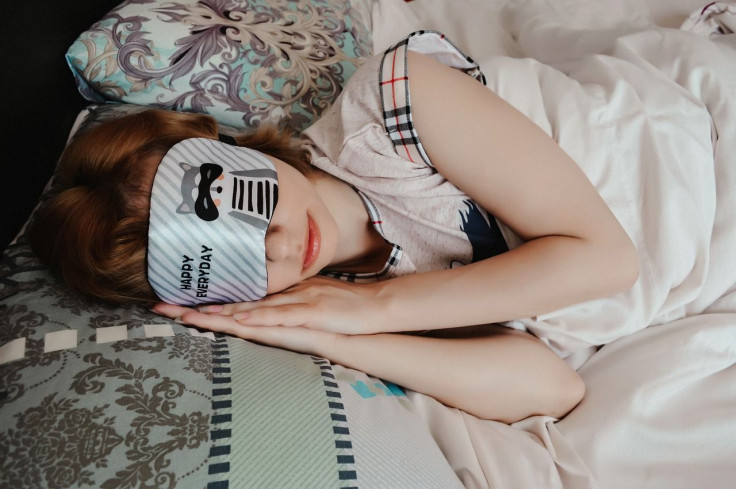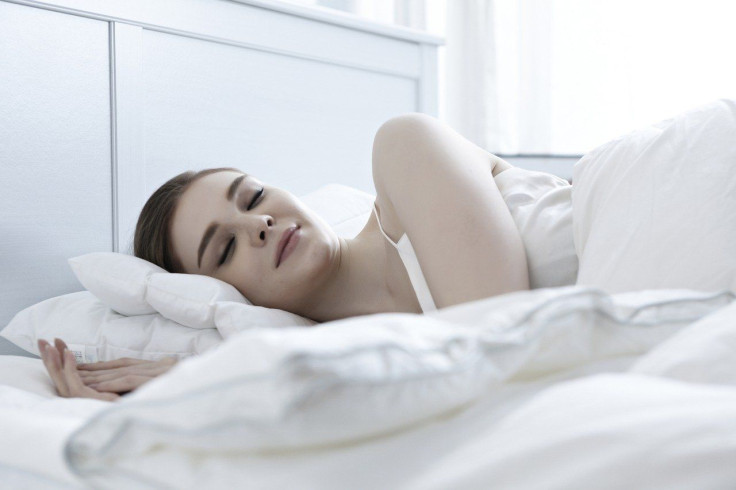Scientists Build Device That Can Hack Dreams, Just Like 'Inception'

KEY POINTS
- Scientists helped volunteers unlock their creative potential through "targeted dream incubation"
- They created a device called Dormio that could help guide participants through targeted dream incubation
- The study was built off of an earlier study by French sleep researchers
Short naps can help people's brains come up with creative solutions to problems, especially when they are guided to dream about a particular topic, a newly published study has found.
Scientists from Harvard University and Massachusetts Institute of Technology (MIT) published a paper Monday in the journal Scientific Reports that found that power naps can do wonders in unlocking people's creative potential.
Researchers found that the creative mind is particularly fertile during the earliest stage of sleep, known as hypnagogia, in which a person is drifting between sleep and waking, according to MIT News.
The scientists said they determined that when people are prompted to dream about a particular topic during that sleep phase, they perform much more creatively when they are later asked to perform tasks surrounding that topic.
This "Inception"-like process of "hacking" dreams is called "targeted dream incubation."
"When you are prompted to dream about a topic during sleep onset, you can have dream experiences that you can later use for these creative tasks," Kathleen Esfahany, a neuroscientist at MIT and one of the lead authors of the study, said in a statement.
The new paper was built off of an earlier study from 2021 by French sleep researchers who found that participants who woke up from hypnagogic sleep were more likely to solve math problems. the Daily Beast reported.
In their study, Harvard and MIT researchers tried to determine whether the same transient sleep state could also work with more creative tasks such as storytelling.
The researchers created a device called Dormio that could be used for targeted dream incubation. It includes a glove connected to a smartphone or laptop app that measures three physiological markers of sleep — changes in muscle tone, heart rate and skin conductance.
As the participant enters hypnagogic sleep, the app prompts them with a specific dream topic. Just before they enter the next stage of sleep, the app will wake them up, ask them to report what they were dreaming about and record their response.
"One of the goals of our group is to give people more insights into how their brain works, and also what their cognitive state is and how they may be able to influence it," said Pattie Maes, an MIT technology professor and co-author of the study.
During the experiment, the researchers split up 49 participants into four groups, with one group given a Dormio device and 45 minutes to nap and prompted to dream about a tree. Another group was also given Dormio and napped but was not prompted and only asked to observe their own thoughts. The other two groups remained awake.
After the two groups finished their naps, the scientists asked all 49 participants to write a creative story that included the word tree.
They found that the group with the most creative stories about trees was the one that was prompted by the app in their dream. Meanwhile, the group that took a nap but was not prompted had the second-best output.
The creativity of the stories was judged by people who read each one and were not told which group wrote the stories.
"That evidence suggests that it's not just being in the [hypnagogic] sleep state that makes people more creative," Esfahany said. "People are more creative because they are also harnessing the dreams that are occurring in that sleep state."
A simplified version of Dormio that uses a timer instead of tracking sleep states is available online for free.

© Copyright IBTimes 2024. All rights reserved.






















